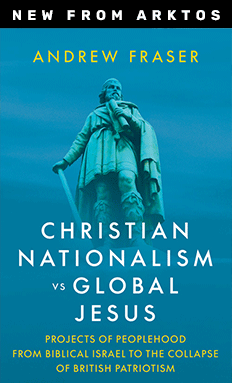Feds Agree to Let More Immigrant Workers Into Western Provinces
Jason Fekete, Calgary Herald, August 10, 2010
The federal Conservative government has acquiesced to provincial demands to ease its restrictions on the number of immigrants who can permanently reside in the provinces each year.
The federal government controls the number of permanent immigrants who can settle annually across Canada through the provincial nominee program.
Western provinces have been lobbying the Harper government for months to scrap its plans to impose a lower cap on the number of immigrants arriving through the nominee program.
Rather, the provinces have been urging the Harper government to increase the number of workers they can nominate to the federal government to bring to their jurisdictions to fill permanent jobs.
Federal officials initially indicated in June the provinces wouldn’t receive as many nominees as hoped, but announced Tuesday they will increase the numbers, after reviewing their case loads and immigration targets for the year.
The additional nominees are critical to sustaining the short-term economic turnaround as well as long-term growth, explained Alberta Immigration Minister Thomas Lukaszuk.
“It would be a move in the right direction,” Lukaszuk said of the federal decision. “We will be seeing more and more permanent labour shortages. We have to look to immigration towards solving this problem.”
Advocates say the provincial nominee program is the best solution because immigrants can only apply if they have a guaranteed job that employers have shown cannot be filled by Canadian workers.
The approach ensures new immigrants are paying taxes and contributing to society, rather than tapping strained social assistance programs.
But Alykhan Velshi, director of communications for federal Immigration Minister Jason Kenney, said the federal government has heard the provinces’ concerns and will increase the numbers beyond what was originally promised earlier this year.
Alberta will now receive 5,000 provincial nominees this year (up from the 4,400 initially approved), which is a large increase from 4,200 last year and 2,800 two years ago.
British Columbia will now receive 3,500 provincial nominees (an increase from the promised 3,200); Saskatchewan has been allocated 4,000 (up from 3,700) and Manitoba will get 5,000 (increased from 4,600 promised).
The provinces were initially promised a smaller number because the federal government is trying to sharply improve processing wait times for immigrants, temporary foreign workers and foreign students.
It also must balance the provincial nominees with the number of immigrants allowed through the Federal Skilled Worker Program, which assesses applicants based on a points system.
Citizenship and Immigration Canada initially set a target of allowing between 240,000 and 265,000 immigrants into the country this year, with the agency usually hitting the midpoint. However, the department now expects to reach the top end of its target, which is helping accommodate more provincial nominees.
Back in Alberta, Lukaszuk noted the 5,000 is just a start and still doesn’t address Alberta’s long-term economic and immigration needs.
Lukaszuk favours the permanent provincial nominee program over attracting temporary foreign workers–who can often be sent back and forth between Alberta and their home country depending on demand.
“I’m not a big fan of shipping workers in and out, in and out,” he said.
Social agencies and the food-services industry welcomed the federal government’s decision to increase the number of provincial nominees.
Despite the higher unemployment rates in Canada over the past two years, there’s still not enough workers to fill jobs in many different sectors, they noted.
“We’re looking at a problem that is long term,” said Enayat Aminzadah, director of operations and resource development with Immigrant Services Calgary. “It’s a great way to strengthen our workforce.”















